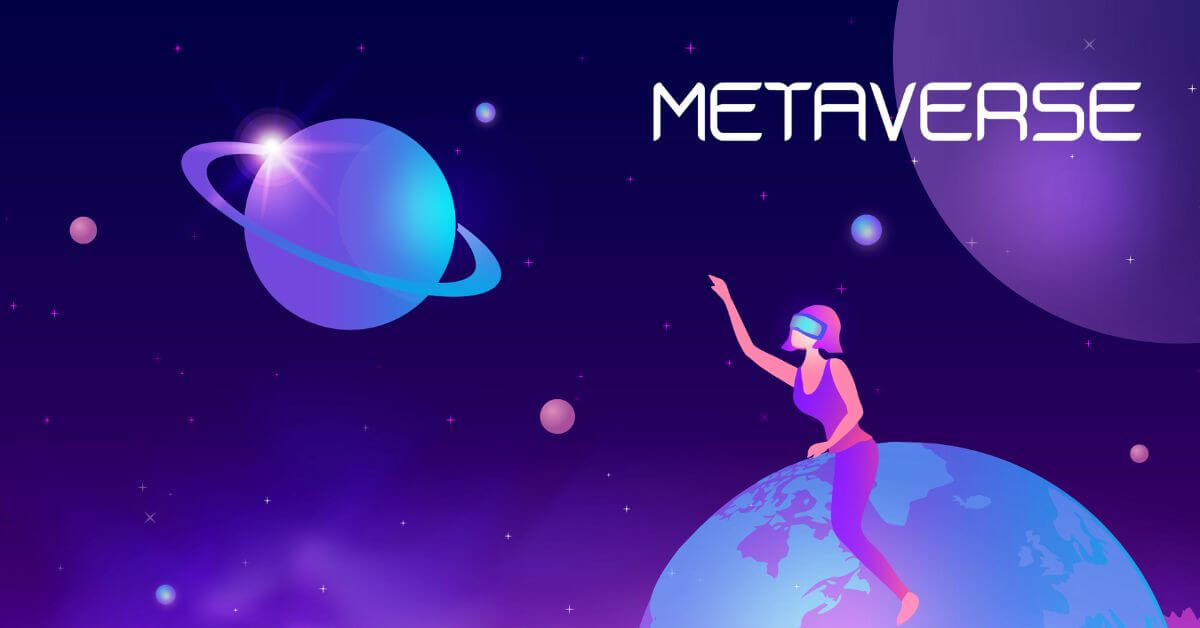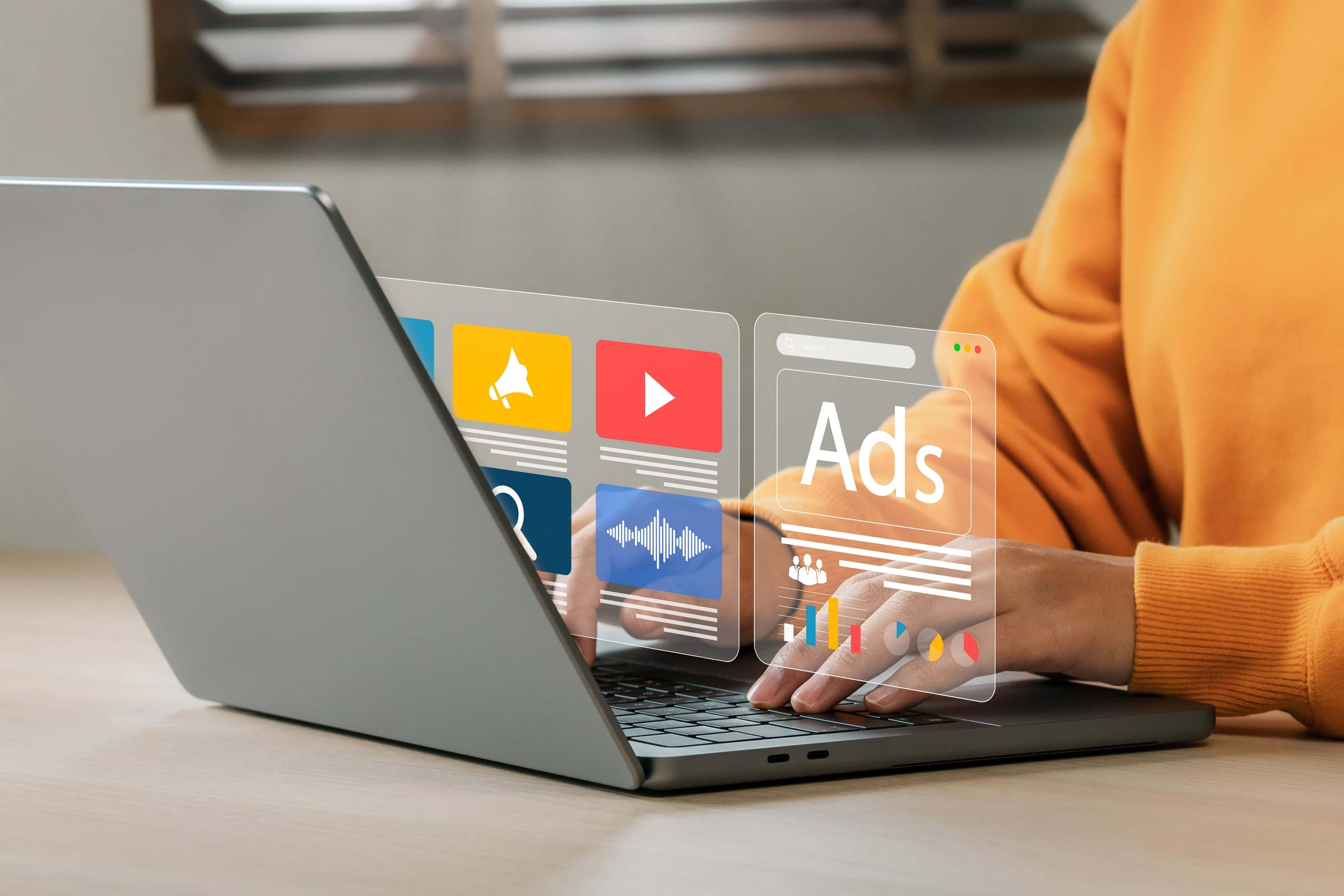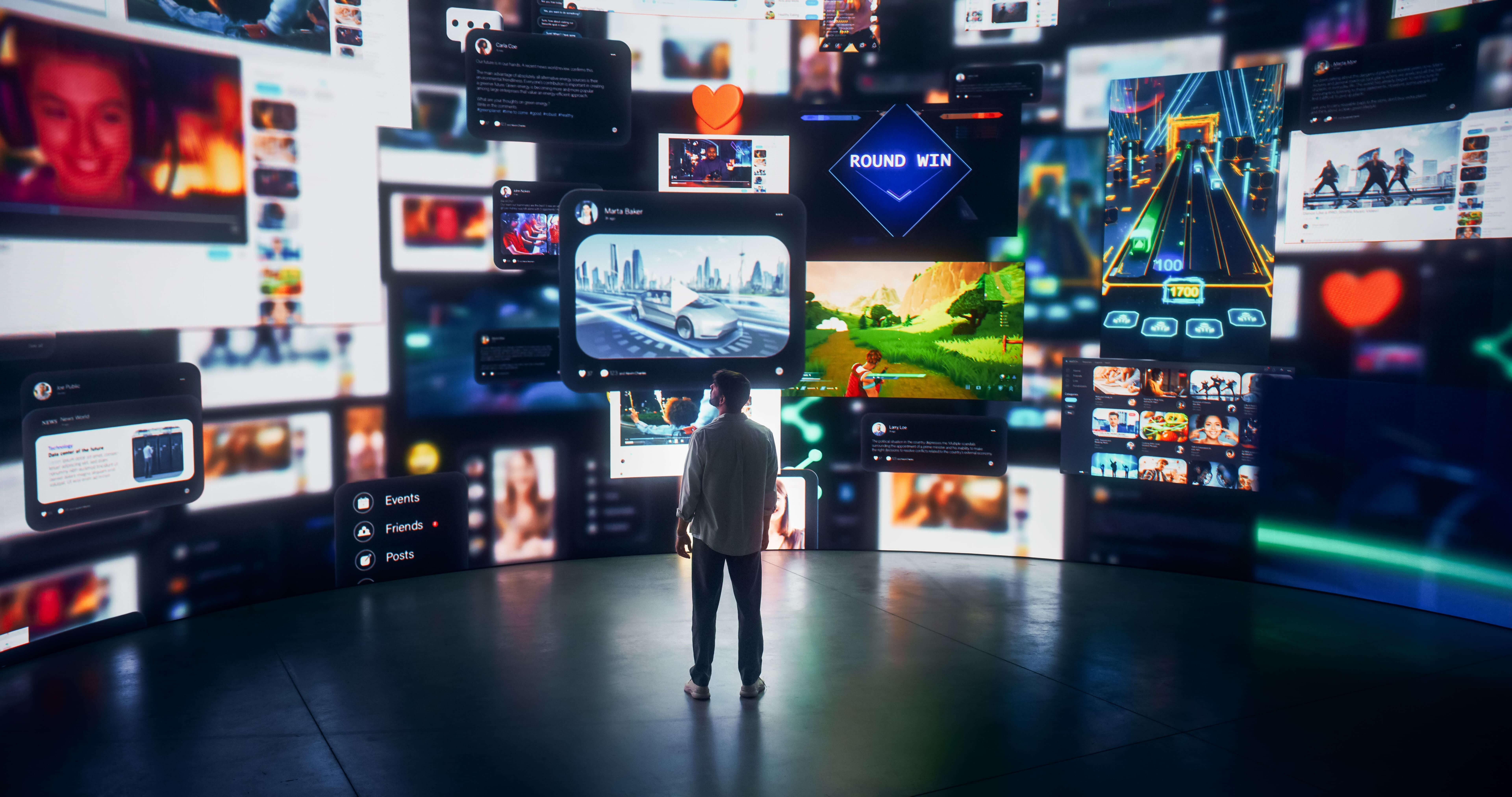In the realm of immersive technologies, mixed reality (MR) stands out as a fascinating bridge between the virtual and physical worlds. Blending elements of virtual reality (VR) and augmented reality (AR), MR offers a rich and interactive experience that opens up a plethora of possibilities across various industries. Let's delve into the concept of mixed reality and its wide-ranging applications, from entertainment and gaming to education and healthcare.
Understanding Mixed Reality:
Mixed reality refers to the integration of virtual and augmented realities, where digital content interacts with the physical environment in real-time. Unlike virtual reality, which immerses users in entirely simulated environments, MR overlays virtual elements onto the real world, enhancing the user's perception and interaction with their surroundings. This seamless integration creates immersive experiences that feel natural and dynamic.
Applications of Mixed Reality:
- Entertainment and Gaming:
Mixed reality has revolutionized the gaming industry by offering unparalleled immersive experiences. Through MR headsets like Microsoft HoloLens and Magic Leap, users can interact with virtual objects overlaid onto their physical environment. From interactive storytelling to lifelike gaming simulations, MR takes entertainment to new heights, blurring the lines between fiction and reality.
- Education and Training:
In the realm of education, mixed reality provides innovative tools for immersive learning experiences. Students can explore historical sites, dissect virtual organisms, or conduct chemistry experiments—all within a realistic environment. MR enhances engagement and retention by making learning interactive and experiential, catering to diverse learning styles and preferences.
- Healthcare and Medicine:
Mixed reality holds immense potential in revolutionizing healthcare practices and medical training. Surgeons can utilize MR to visualize patient data during surgeries, improving precision and reducing risks. Medical students can practice procedures in realistic simulations, gaining hands-on experience in a safe and controlled environment. Additionally, MR can aid in patient rehabilitation by offering immersive therapy sessions and virtual environments for distraction and pain management.
- Architecture and Design:
Architects and designers leverage mixed reality to visualize and iterate on their creations in real-time. MR platforms enable professionals to overlay digital models onto physical spaces, allowing for precise spatial understanding and design validation. Clients can experience architectural designs firsthand, walking through virtual buildings and making informed decisions before construction begins.
Conclusion:
As technology continues to advance, mixed reality is poised to reshape countless industries, from entertainment and education to healthcare and architecture. By seamlessly blending the virtual and physical worlds, MR offers immersive experiences that enhance productivity, creativity, and engagement. As we embrace this transformative technology, the possibilities for innovation and exploration are limitless, ushering in a new era of interconnected realities.




